
|
|

|
All Questions Topic List |
MensurationQuestion and Answers: Page 12 |
Question Number 124821 Answers: 1 Comments: 2
|

|
Question Number 124743 Answers: 1 Comments: 1
|
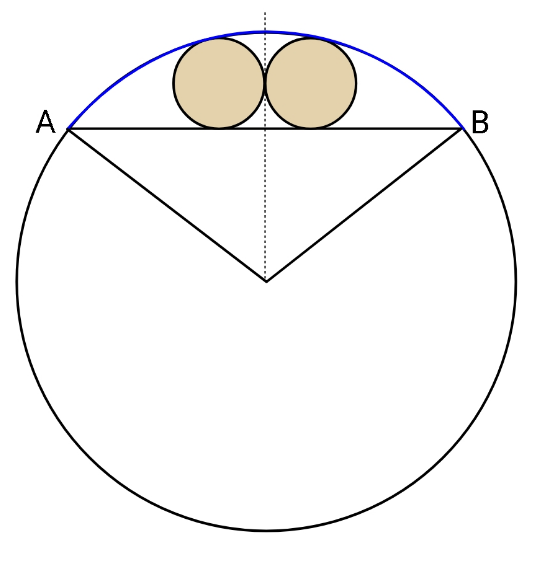
|
Question Number 124367 Answers: 0 Comments: 4
|

|
Question Number 124189 Answers: 0 Comments: 5
|

|
Question Number 124117 Answers: 0 Comments: 0
|

|
Question Number 123738 Answers: 1 Comments: 1
|
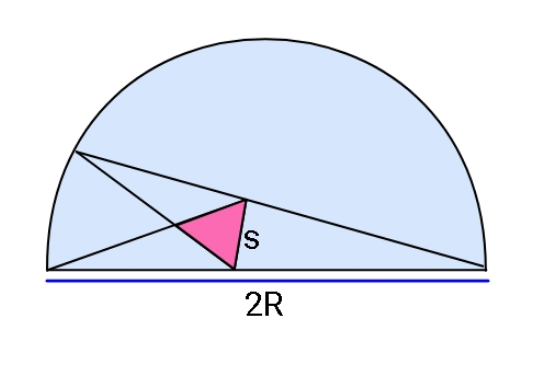
|
Question Number 123587 Answers: 1 Comments: 1
|

|
Question Number 123528 Answers: 1 Comments: 1
|
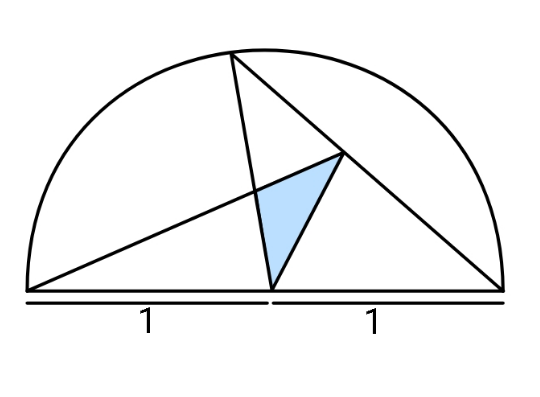
|
Question Number 123507 Answers: 0 Comments: 6
|
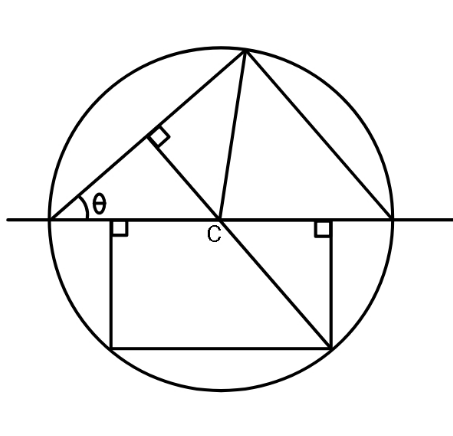
|
Question Number 123489 Answers: 1 Comments: 0
|
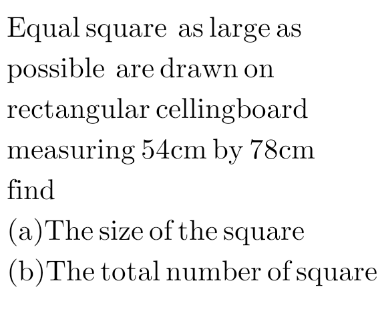
|
Question Number 123302 Answers: 2 Comments: 0
|

|
Question Number 123212 Answers: 1 Comments: 1
|

|
Question Number 123141 Answers: 1 Comments: 1
|

|
Question Number 123131 Answers: 0 Comments: 1
|
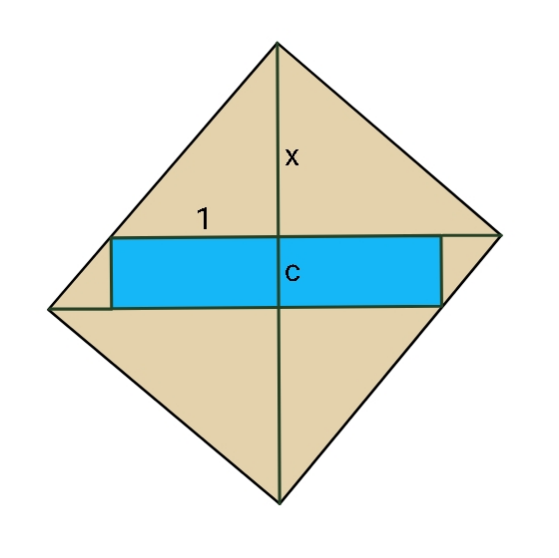
|
Question Number 123018 Answers: 0 Comments: 2
|

|
Question Number 122776 Answers: 2 Comments: 0
|

|
Question Number 122443 Answers: 1 Comments: 1
|
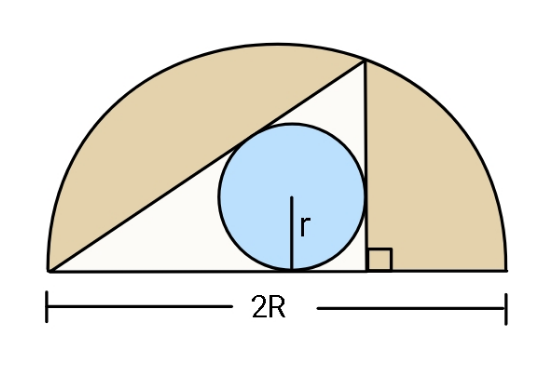
|
Question Number 122423 Answers: 0 Comments: 4
|

|
Question Number 121793 Answers: 1 Comments: 2
|

|
Question Number 120790 Answers: 0 Comments: 1
|
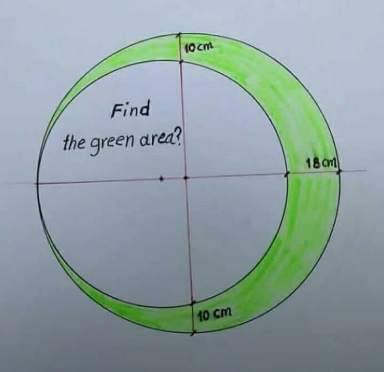
|
Question Number 119025 Answers: 0 Comments: 0
|

|
Question Number 117832 Answers: 1 Comments: 0
|
| Let a,b>0 and x∈]0;(π/2)[
Prove ((a/(sinx))+1)((b/(cosx))+1)≥(1+(√(2ab)))^2
|
|
Question Number 117825 Answers: 1 Comments: 0
|
| Let ABC be a triangle such as
2cosA+3sinB=4 and 3cosB+2sinA=3
Prove that the angle C is right.
|
|
Question Number 117739 Answers: 1 Comments: 0
|
| what is the centre of the circle
with radius 4(√2) that can be
inscribed in the parabola
y=x^2 −16x+128?
|
|
Question Number 117414 Answers: 0 Comments: 0
|
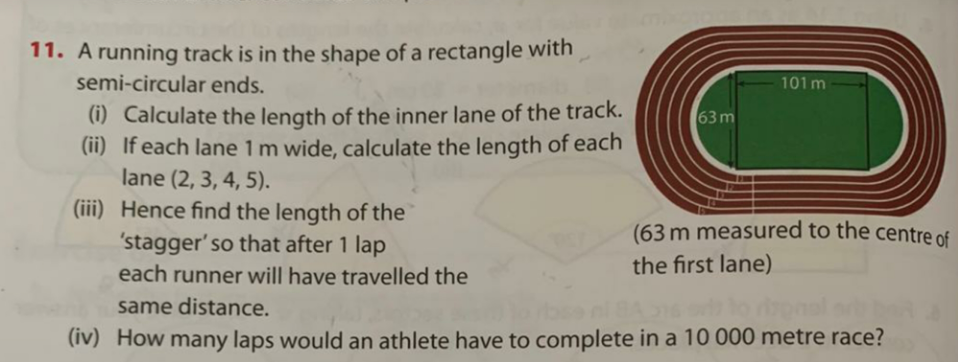
|
Question Number 114638 Answers: 1 Comments: 0
|
| Given a = ((1^2 +2^2 +3^2 +...+16^2 −16)/(1.3+2.4+3.5+...+15.17))
c = (1−(1/2)).(1−(1/3)).(1−(1/4)).(1−(1/5)).
(1+(1/5))(1+(1/4))(1+(1/3))(1+(1/2)).
find a×c =
|
|
Pg 7
Pg 8
Pg 9
Pg 10
Pg 11
Pg 12
Pg 13
Pg 14
Pg 15
Pg 16
|
Terms of Service |
Privacy Policy |
Contact: info@tinkutara.com |












































